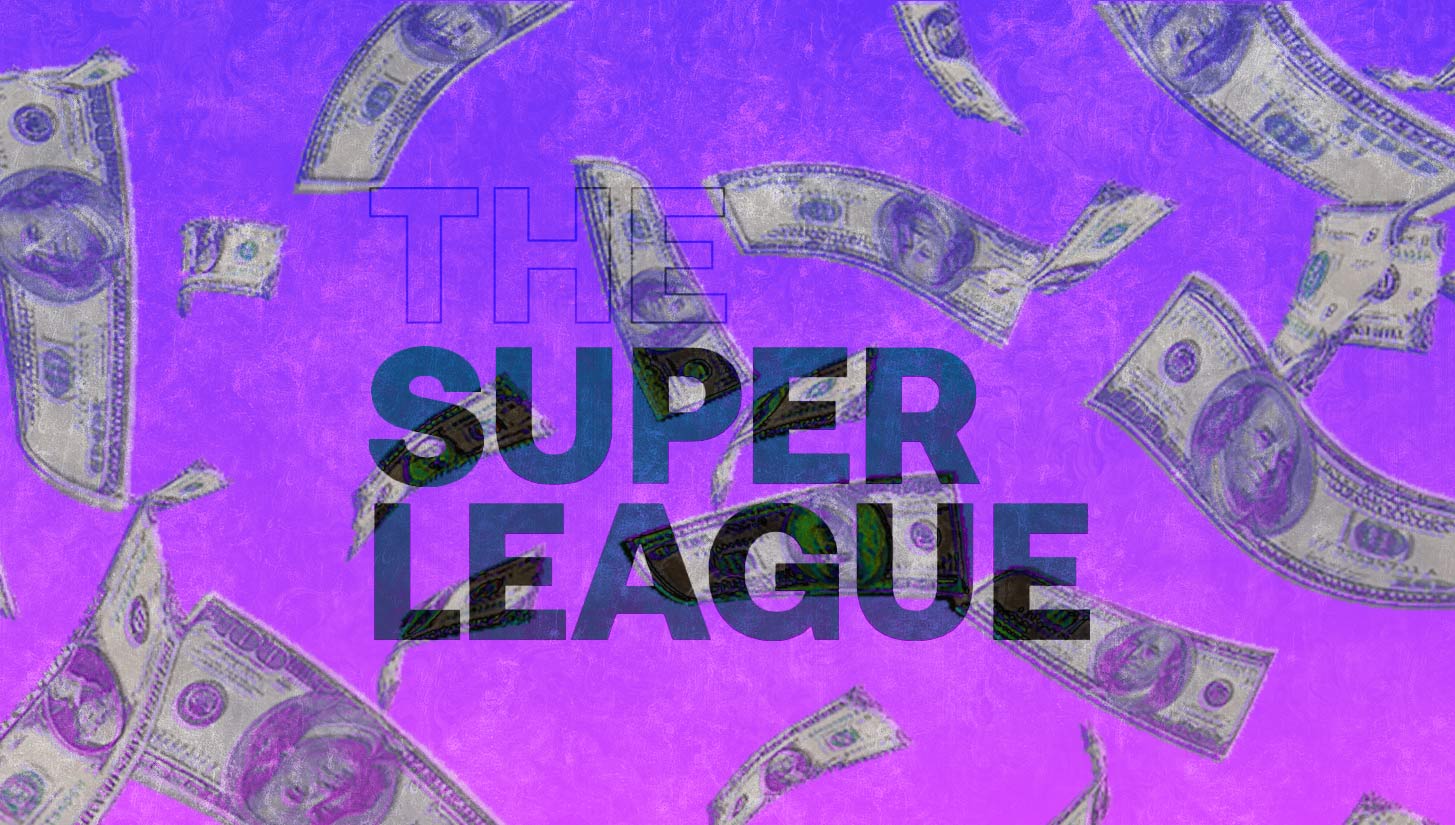From a financial perspective, the English Premier League has pulled away from its peers quite significantly. In a world where the top five European Leagues were somewhat comparable, has the Prem entered a new echelon?
It’s no great revelation that football and money have an inextricable connection. As a roaring cashflow continues to cascade into the game, spending has hit all-time highs.
The 2023 January transfer window saw a record $1.57 billion exchanged across all leagues. However, the English Premier League accounted for 57.3% of that according to Reuters. There was $898.6 million spent by English clubs this past window, which leads to the question — does the Premier League have too much money?
Marketing

No league markets itself better than the Premier League. The revenue, TV deals, and viewership numbers all show that.
In particular, the Prem has made it a mission to get American audiences invested in the league. In addition to being the only European league with a linear TV deal in the United States (all others are available via streaming), the Premier League works with NBC Sports to do a highly anticipated annual Fan Fest.
Touring the country’s most soccer crazed cities, the events feature watch parties, activations, and special guests to give fans a one-of-a-kind experience.
Other leagues like Serie A have started to do that with a couple of fan events in Brooklyn, but they still have ways to go to catch up to the Premier League.
From a global perspective, the Premier League also has the advantage of being seen as the most prestigious league in the world. Its cumulative worldwide viewership for one season is estimated at around 3 billion.
Revenue
When comparing revenue numbers across the top five leagues, it’s a landslide in favor of the Prem. In the 2021-22 season, six of the top 10 teams in terms of revenue come from the Premier League. Only European powerhouses PSG, Bayern Munich, Real Madrid, and Barcelona cracked the list from outside England. Manchester City topped the list at €731 million, a good €18 million more than second place Real Madrid.
One reason why these numbers are in favor of the Prem is matchday revenue. When you look at stadiums across England as compared to France or Italy for example, you see the difference in size. Across the top five leagues, the EPL is actually second in average stadium capacity to the Bundesliga, but it’s still comfortably above Serie A, La Liga, and Ligue 1. Arsenal had triple the matchday revenue of Juventus, which is supposed to be the premier club in Italy, in the 2021-22 season.
In the top 30 clubs when it comes to revenue, 16 come from the English first division. There are only 20 teams. The money disparity is as high as it’s been and will only get bigger.
Super League Debate

The gap between the Premier League and the rest of Europe is what has re-sparked the European Super League debate. When it was first announced, there was heavy opposition towards the Super League as many felt it would be death to domestic football. The no relegation did not help matters either.
Nearly two years later, and there has been somewhat of an opinion change on social media. Part of that is the Premier League dominance in the transfer market.
Chelsea spent more this past January window than every other team in Europe’s top five leagues combined. That is unprecedented, especially in a winter transfer window, where business isn’t as active. Over $200 million were committed to just Enzo Fernandez and Mykhaylo Mudryk alone.
But it wasn’t just Chelsea flexing their financial muscles in the winter transfer window. Relegation candidates Bournemouth and Southampton were dishing out money and competing for transfers with the likes of AS Roma and AC Milan.
Now you may ask how is a bottom half team competing with those clubs?
The reason is because the last place finisher in the Premier League makes nearly as much prize money at the end of the season as the champion of Serie A. The total payouts for both positions are around €100 million each. TV distribution has the most to do with this as the Premier League shares 50% of broadcast revenue equally amongst the 20 teams.
The proponents of the Super League believe it is the only possible solution to compete with the rising financial gap between the Premier League and everyone else. They believe the sponsorship and viewership of the Super League will increase their financials drastically. It’s no coincidence the likes of Barcelona and Juventus are leading the charge. Their leagues are suffering the most right now.
Those clubs feel like Champions League money does not pay enough to combat the non-UCL clubs of the Premier League. In their minds, getting outspent by Manchester United, Liverpool, or Chelsea is palatable, but not so much Nottingham Forest or Southampton.
What’s Next
The Premier League dominance will not stop any time soon, as more and more sponsorships are continuously being brought to the table and clubs are becoming stronger commercially. The impending sales of Liverpool and Manchester United will only make those two stronger than they already are. Newcastle’s recent takeover has many expecting the club to become “big six” adjacent as well.
The Super League is probably the most realistic shot the Italian and Spanish clubs have to compete with the Premier League. However, a good first step for them is to improve their marketing and start splitting broadcast revenue. Which would mean the top clubs in those respective leagues would have to be willing to give up some money for the betterment of the league. But that would require clubs having interests in mind outside of theirs. With the unquenchable thirst for more money that’s been on display across football, that’s a highly unlikely outcome.








